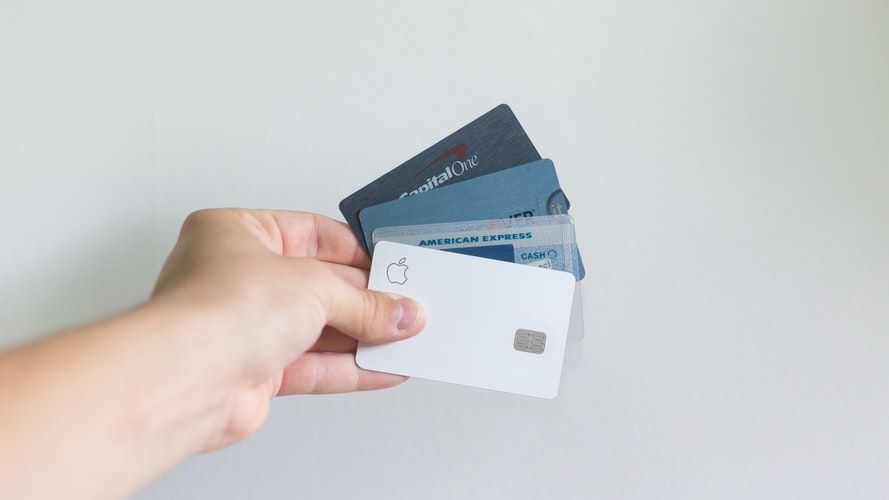There are so many cards offered by banks in the market that it can get a little confusing for consumers to tell the difference. Banks keep rolling out ATM cards, credit cards, and debit cards with so many different features. People make several common mistakes when applying for or using these cards. They may substitute one with another or not understand the full specifications and usage of each type of card.
So, here we’ll dive into the specifications and usage of different types of cards so that you get the best out of all the available options.
ATM Cards
ATM cards are specifically crafted for one purpose, which is to withdraw cash from the ATM.
The function: The ATM card requires a four-digit pin or a unique PIN (Personal Identification Number) to complete its operation. It links your card to your bank account. So, when you withdraw cash from the ATM, your bank balance is reduced by that amount in real-time. Some of the features of ATM cards are:
- You can withdraw money from the ATM, even outside the working hours of the bank.
- ATM cards do not charge any interest, but they are solely for withdrawing cash, so their usage is limited. You cannot use them to pay for physical or online merchants.
- Bank may charge you a fee for withdrawing money from the ATM outlet of a different bank. These are called ATM charges.
- You cannot utilise the ‘Overdraft’ facility on ATM Cards in case of inadequate funds in your account.
Debit Cards
Most banks offer Debit cards with an ATM function. If you see your ATM card with a Mastercard, RuPay, or Visa logo in it, then it is, in fact, a debit card. A bank issues a debit card to their customers to access funds without having to write a paper cheque, make a cash withdrawal, or to make cashless transactions at various merchant stores.
Your debit card is linked to your savings or current account. It can be used anywhere credit cards are being permitted. For example, if your debit card has a Mastercard logo, it can be used at any merchant who accepts Mastercard.
The function: When you use a debit card to pay a merchant, the bank places a hold on the amount you have spent. They may either deduct that amount from your account instantly or verify the payment before deducting it. It works similarly to an ATM card. The only difference is that you can use this card to make direct payments at shops and online platforms. You can withdraw cash from your debit card too. To use your debit card for a purchase, you may have to provide the PIN or sign the purchase receipt, similar to a credit card.
For people trying to maintain a budget or not over-extend themselves financially, a debit card linked to a bank account may be a better option than a credit card.
Credit Cards
Credit cards in India, unlike most debit or ATM cards, are the same as taking out a personal loan. It requires a bank or lending institution to review an application and approve you for creditworthiness. Credit cards allow consumers to complete transactions for the purchase of various goods and services against an approved line of credit.
The function: Unlike an ATM or ATM/Debit card, the charges are not automatically deducted from your savings account. Purchases made within a period are billed to the credit card holder, and they are required to pay the bill later. If you are unable to pay the entire balance due, then the credit card company charges you interest.
| Type of Card | Real-time withdrawal from a bank account | Pay at a later date |
| ATM | Yes | No |
| ATM/Debit Card with Visa or MasterCard logo* | Yes | No |
| Credit Card (American Express, RuPay, MasterCard, Visa) | No | Yes |
You can reach out to your bank with your requirements, who will offer you a debit or credit card instantly, subject to fulfilling the stipulated eligibility.

